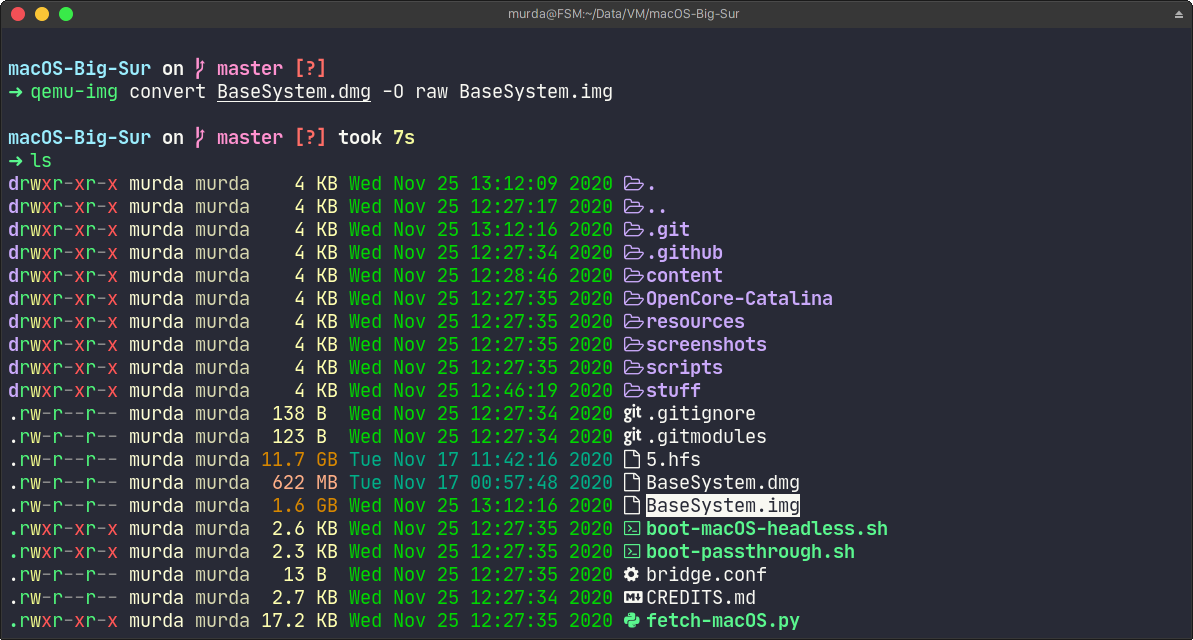Macos Extract 7z
Full support for the normal zip format, with additional support for AES encryption, Zip64 extensions for large files, Mac OS extensions of many different kinds, and several unusual compression methods. Can also extract.EXE self-extracting files using Zip.
7zip is a popular tool and compression format. 7zip supports a wide range of platforms and operations systems like Windows, Linux, BSD, macOS, etc.
Macos Extract 7z Iso
7z Command Tutorial With Examples To Compress And Extract Files In Linux by İsmail Baydan 7zip is a popular tool and compression format. 7zip supports a wide range of platforms and operations systems like Windows, Linux, BSD, macOS, etc. To do this run 7z e -txar InstallAssistant.pkg '.dmg' This should give you the SharedSupport.dmg file. You’ll need to extract Basesystem.dmg from SharedSupport.dmg. First run 7z e -tdmg SharedSupport.dmg 5.hfs. Next create a folder called stuff with mkdir stuff and mount the hfs filesystem to the stuff folder with sudo mount -oloop.

Archiver for macOS makes it fun and easy to reduce file size, open RAR, Zip, 7Zip and other archive files and split large files. Extract archives. I was late to the CC party and experienced this as the built in Archive Utility in macOS can’t handle 7z files. The best tool I have found to extract 7z and rar files is The Unarchiver and you can download it straight from the Mac App Store here. It’s really simple to use as it sets itself up as the default unarchiver on your Mac so once.
Syntax
We will use following syntax for 7z command.
Help
First before starting using the 7z command we can get usage and help information by using -h option. We can see that different options like adding file to archive, benchmark, delete files from archive etc. listed with the -h option output.
Alternatively, we can list usage and help information without providing any option to the 7z command like below.
7z Commands
While using 7z there is two-component as we can see in the syntax. One of them is commands. Commands are used to specify the operations like:
a: Add files to archiveb: Benchmarkd: Delete files from archivee: Extract files from archive (without using directory names)h: Calculate hash values for filesi: Show information about supported formatsl: List contents of archivern: Rename files in archivet: Test integrity of archiveu: Update files to archivex: eXtract files with full paths
Switches
Switches are used to specify some minor options like create SFX archive, compress shared files, set output log level. Here are some of them
--: Stop switches parsing-ai[r[-|0]]{@listfile|!wildcard}: Include archives-ax[r[-|0]]{@listfile|!wildcard}: eXclude archives- –
ao{a|s|t|u}: set Overwrite mode -an: disable archive_name field
Compress Files and Folders
7z can compress files and folders. We will use a command to create a new archive. The new archive file name will be mybackup.7z and we will put files named a.out , body.txt and folder cups . Here the
Here while starting 7z applications show some information about the 7z application like build number, version, developer. And then provided files and folders are scanned and the scan result is printed like 56 folders, 1550 files, and a total 142 MB. After compression is completed new archive size is printed as 96 MB.
Add Files To The Archive
In previous example we have created the archive file. Some time we need to add new files to the existing archive file. In this situations we will use same a option to add files.
In this operation mybackup.7z archive file already exists. Some information about the file is printed like path, compression type, size, etc. Then a new file is added to the existing archive or compressed file named mybackup.7z .
Delete Files From Archive
Another useful operation is removing one or more files from an existing archive file. We will use d command with the file we want to delete. In this example, we want to remove the file named fruits.txt from the archive file mybackups.7z .
Extract Files From The Archive/Compressed File
We can extract all files from an archive or compressed file by using x command or option. We will also provide the archive or compressed file. In this example, we will extract the mybackups.7z .
As we can see from the screenshot there are some existing files which will be overwritten. There question whether we want to overwrite, skip, rename, etc. We answer this as Always. After extraction, some statistical information like total folder count, file count size, compressed size is printed.
Macos Extract 7z Rar
List Contents of Archive
We can also list files of an archive with l command. We will list all files of mybackup.7z archive.
Macos Extract 7z Iso
In the output, we can see that files and folders are listed. While listing information like date, time, attributes, size, and name are provided.

